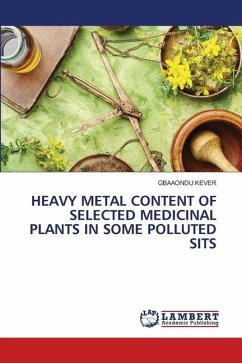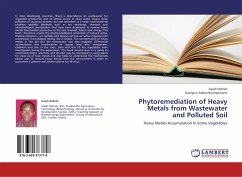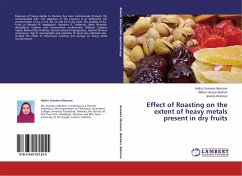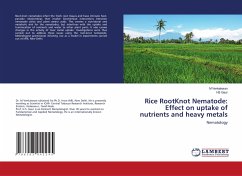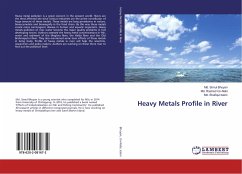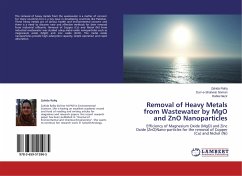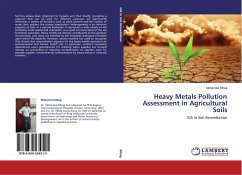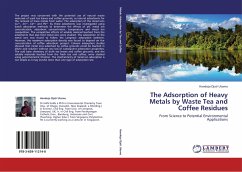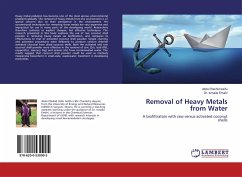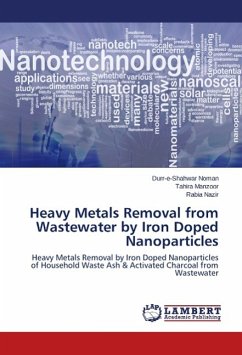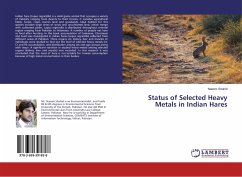
Status of Selected Heavy Metals in Indian Hares
Versandkostenfrei!
Versandfertig in 6-10 Tagen
24,99 €
inkl. MwSt.

PAYBACK Punkte
12 °P sammeln!
Indian hare (Lepus nigricollis) is a small game animal that occupies a variety of habitats ranging from deserts to thick forests. It includes agricultural fields, forest, crops, barren land and grasslands. Ideal habitat for this species includes large areas of scrub and uncultivated land, which merge with cultivated plains. Lepus nigricollis is distributed throughout oriental region ranging from Pakistan to Indonesia. A number of people eat hare as food after hunting. In this book accumulation of Cadmium, Chromium and Lead was investigated in Indian hares (Lepus nigricollis) collected from dif...
Indian hare (Lepus nigricollis) is a small game animal that occupies a variety of habitats ranging from deserts to thick forests. It includes agricultural fields, forest, crops, barren land and grasslands. Ideal habitat for this species includes large areas of scrub and uncultivated land, which merge with cultivated plains. Lepus nigricollis is distributed throughout oriental region ranging from Pakistan to Indonesia. A number of people eat hare as food after hunting. In this book accumulation of Cadmium, Chromium and Lead was investigated in Indian hares (Lepus nigricollis) collected from different areas of Pakistan. Three organs viz; kidney, liver and muscles of individuals were studied to find out the level of selected heavy metals Cd, Cr and Pb accumulation, and distribution among sex and age groups along with tissue. A significant variation in studied heavy metals among selected organs (kidney, liver and muscle) was recorded. In this research it was concluded that the meat of hare is not suitable for human consumption because of high metal concentration in their bodies.



